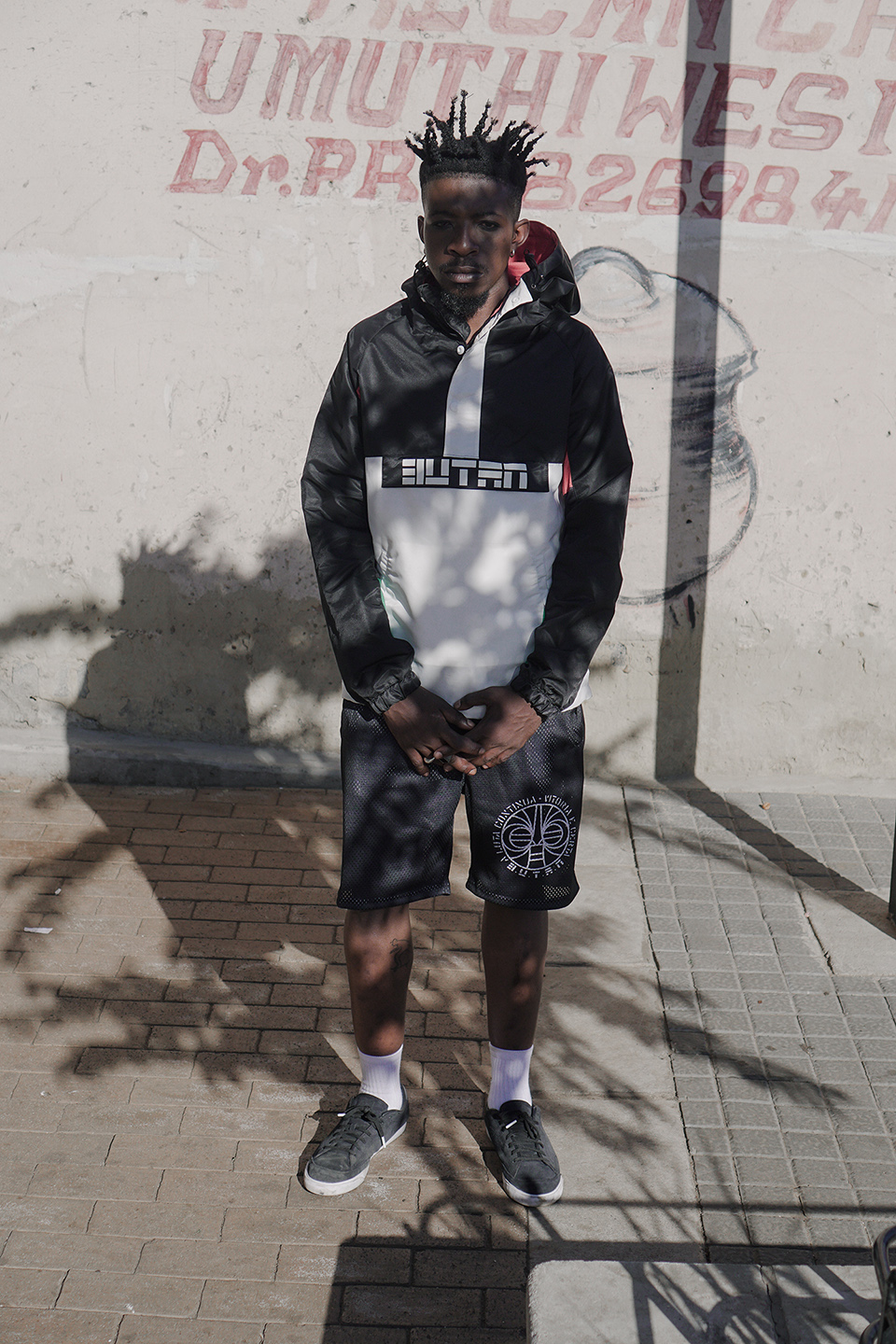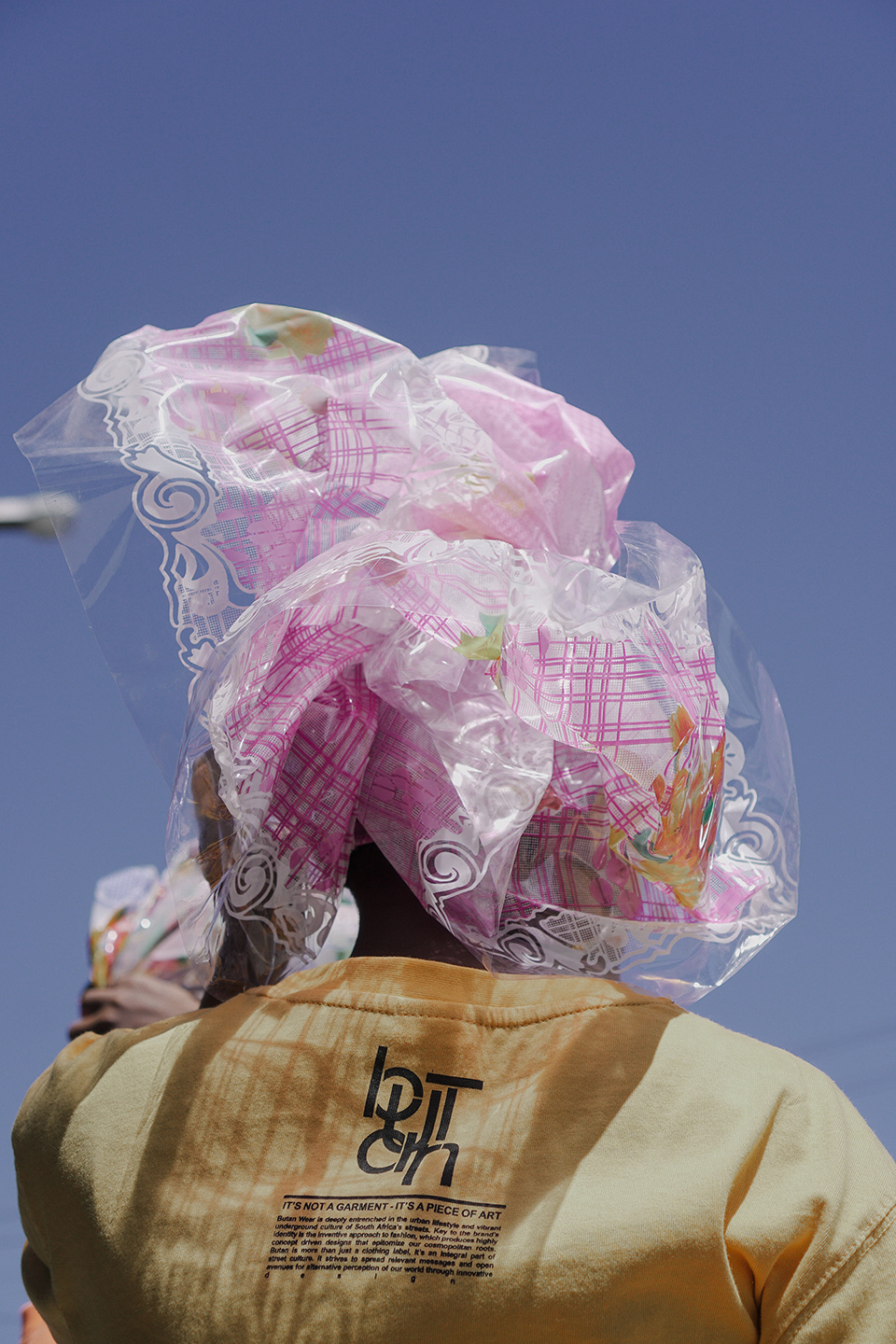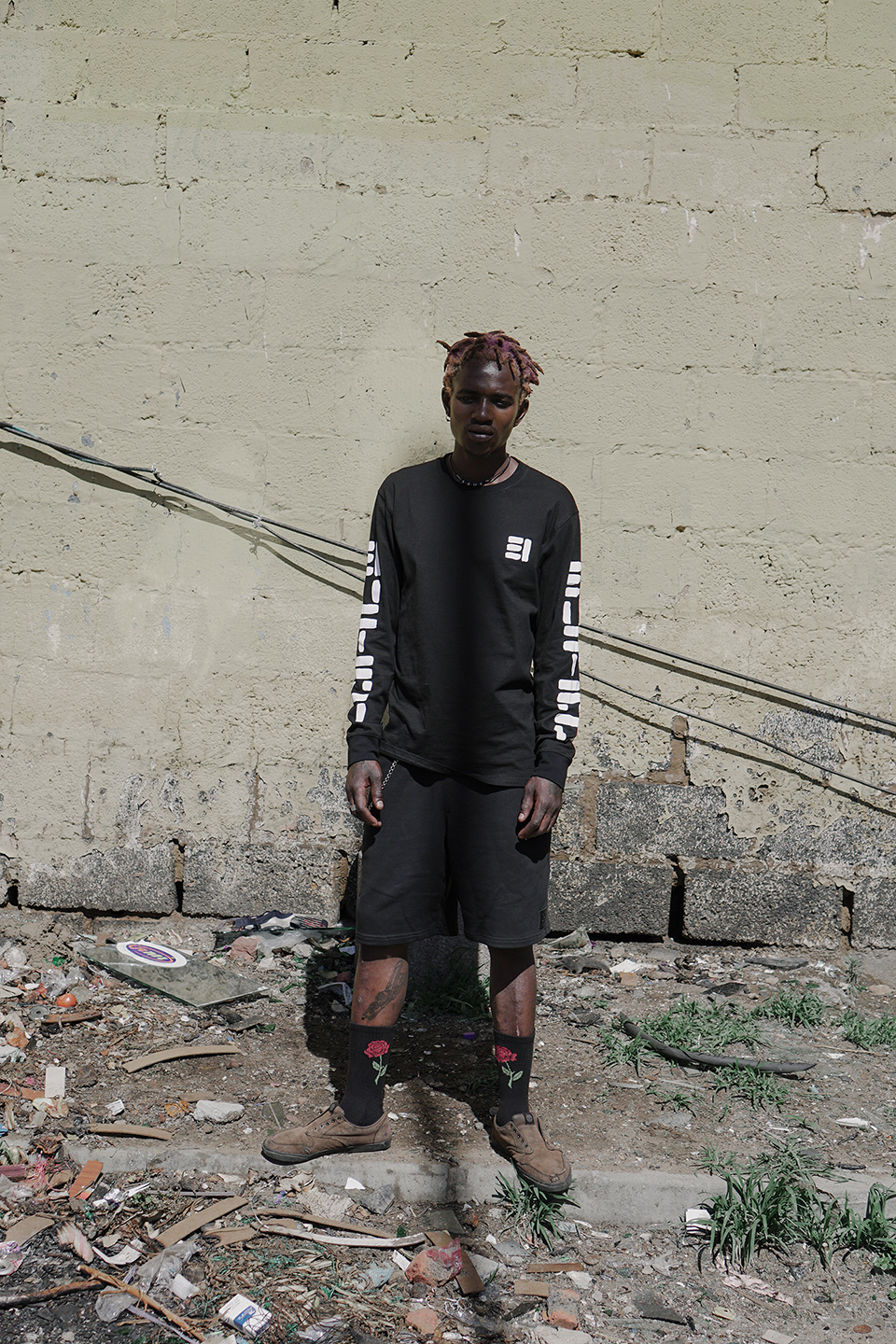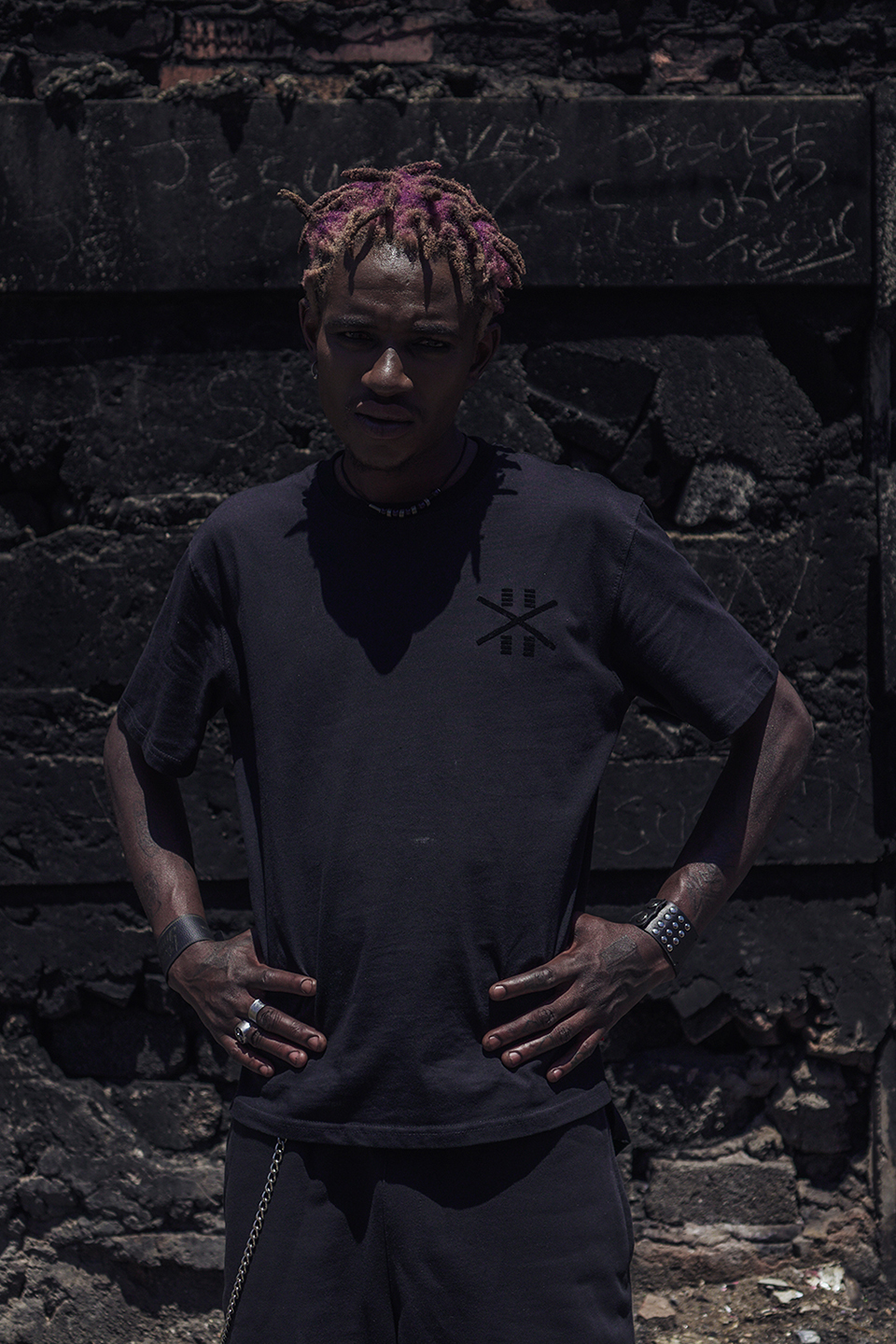Since its inception in 2006, the label Butan has become a part of South Africa’s streetwear landscape. The name Butan came from re-arranging the word ‘bantu’. This can be viewed as symbolic of how the label takes pride in bringing an African perspective to streetwear. “We pride ourselves in being an African label with a strong African narrative, and a look and feel that aims to express who we are as young Africans living on the continent today. This ideology carries through from design to marketing and even governs the way we run our company. Certainly we can’t deny the western influences in streetwear, yet we have come to create a unique look and feel for our brand and continue on this very exciting journey.”
Butan’s objective is to reflect the local youth and street culture that the brand is embedded within. Julian Kubel, the founder of Butan, made reference to this in his statement that the brand “was never created as an entity that exists outside of street culture, trying to penetrate a certain market segment. The brand grew organically from within the culture and has been intertwined with it ever since.”

Their latest collection ‘Hidden Panthers’ taps into this directly. Referencing the slogan ‘Aluta Continua’ which translates to ‘the struggle continues’, Butan has plugged into broader political conversations. This is a phrase which holds relevance for people of colour in South Africa beyond its origins as a slogan in Mozambique’s struggle against colonialism. The erasure of other forms of personifying, animating and giving meaning to beauty and style is being fought against from multiple fronts. The idolatry of western beauty standards by the cosmetic and fashion industry is being hacked away through critique. This involves subverting and rejecting violent, colonial frameworks that have attached negative connotations to people of colour. It also involves celebrating black hair, black adornment, black styles, black histories and black cultures.
 “By incorporating a powerful struggle slogan into our clothes I by no means pretend that we are immediately having a powerful impact on people and their political awareness yet it does make people curious and ask questions and dig a little deeper. There are many elements in our clothes that express a strong Pan African philosophy calling for African unity and proclaiming African pride. A lot of our themes and stories tie back to that agenda. Even if we can just create awareness of these stories and get people to engage with African history and get a deeper understanding of the rich cultural heritage of our country and continent, I think we have done our part.”
“By incorporating a powerful struggle slogan into our clothes I by no means pretend that we are immediately having a powerful impact on people and their political awareness yet it does make people curious and ask questions and dig a little deeper. There are many elements in our clothes that express a strong Pan African philosophy calling for African unity and proclaiming African pride. A lot of our themes and stories tie back to that agenda. Even if we can just create awareness of these stories and get people to engage with African history and get a deeper understanding of the rich cultural heritage of our country and continent, I think we have done our part.” Julian expressed that communicating this through various media is an important way to reach different kinds of audiences. In addition to their ‘Aluta Continua‘ lookbook created in collaboration with Bubblegum Club, Butan decided on a short film. This incorporates the significance of ‘Aluta Continua’ with conversations between hair stylist Mimi Duma and makeup artist Shirley Molatlhegi. In between shots displaying the collection in the streets of Kliptown, Mimi and Shirley share how they encourage people of colour to be proud of their skin and their hair. This connects to the foundational concepts for the collection, and the Butan philosophy.
Julian expressed that communicating this through various media is an important way to reach different kinds of audiences. In addition to their ‘Aluta Continua‘ lookbook created in collaboration with Bubblegum Club, Butan decided on a short film. This incorporates the significance of ‘Aluta Continua’ with conversations between hair stylist Mimi Duma and makeup artist Shirley Molatlhegi. In between shots displaying the collection in the streets of Kliptown, Mimi and Shirley share how they encourage people of colour to be proud of their skin and their hair. This connects to the foundational concepts for the collection, and the Butan philosophy. “We are witnessing a revolution in thought and an emancipation that is allowing people to rid themselves of these social shackles and to celebrate their ethnicity and culture. Such movements of awareness have previously been witnessed in the 60s for instance in the US, where they were spear headed by institutions such as the Black Panther Party. Our current range, the Butan ‘Hidden Panthers’ collection, pays homage to that particular movement and its philosophy.”
“We are witnessing a revolution in thought and an emancipation that is allowing people to rid themselves of these social shackles and to celebrate their ethnicity and culture. Such movements of awareness have previously been witnessed in the 60s for instance in the US, where they were spear headed by institutions such as the Black Panther Party. Our current range, the Butan ‘Hidden Panthers’ collection, pays homage to that particular movement and its philosophy.”
Check out the Butan x Bubblegum Club short film below:




Lookbook credits:
Photography & Styling: Jamal Nxedlana
Hair: Mimi Duma
Makeup: Shirley Molatlhegi
Photography & Styling assistant: Lebogang Ramfate
Models: Mimi Duma, Shirley Molatlhegi, Sindy Chikunda, Sechaba TheBakersman, Thulasizwe Nkosi

